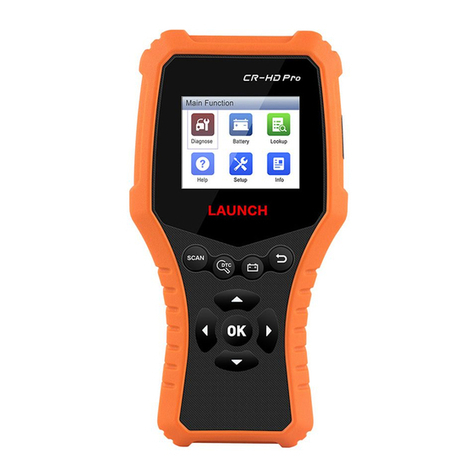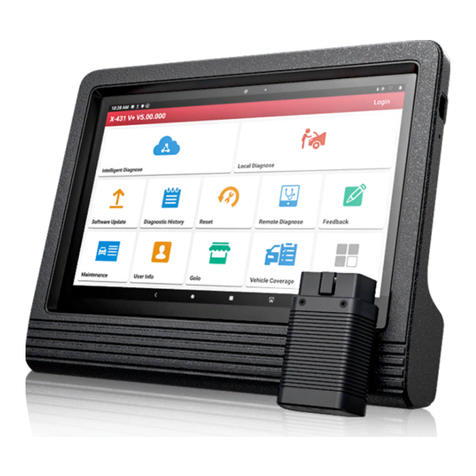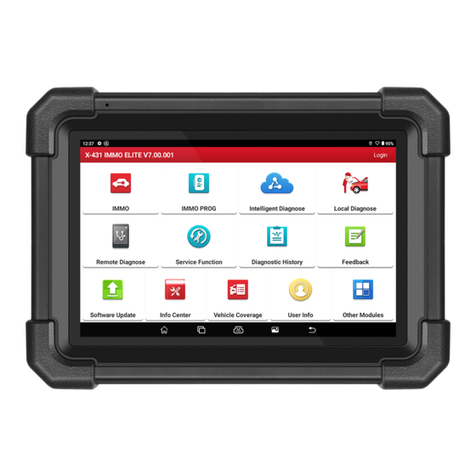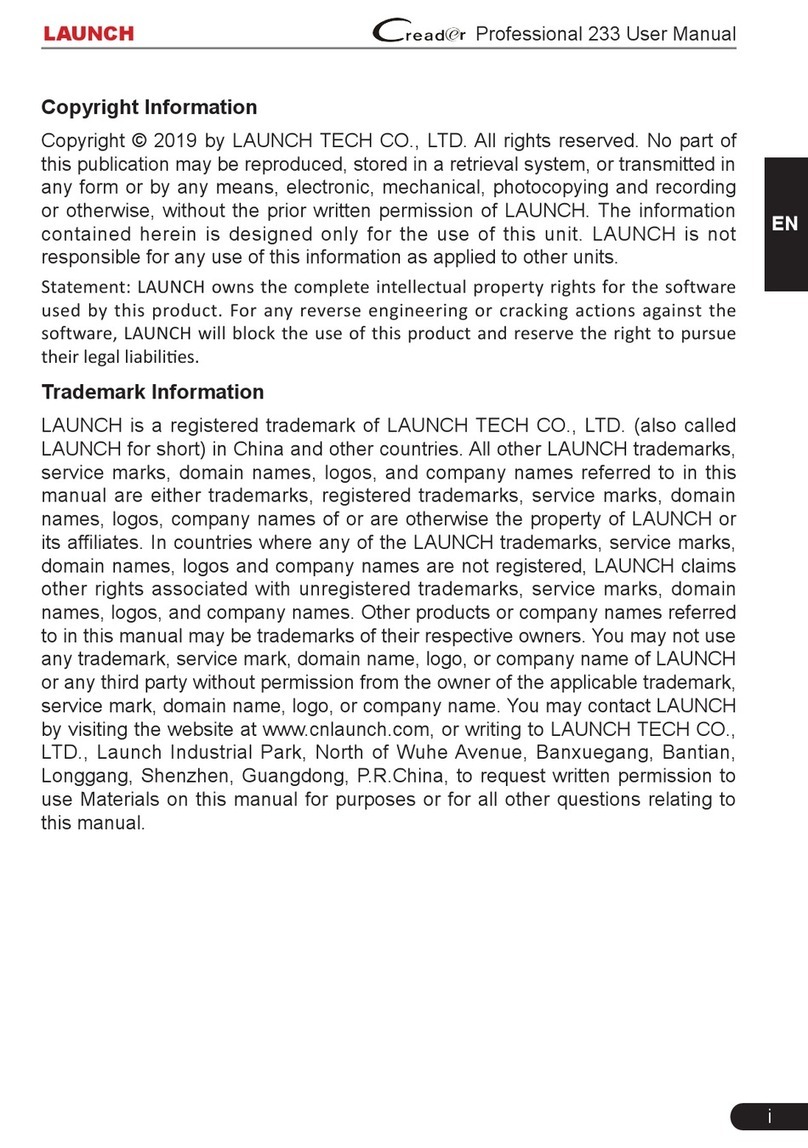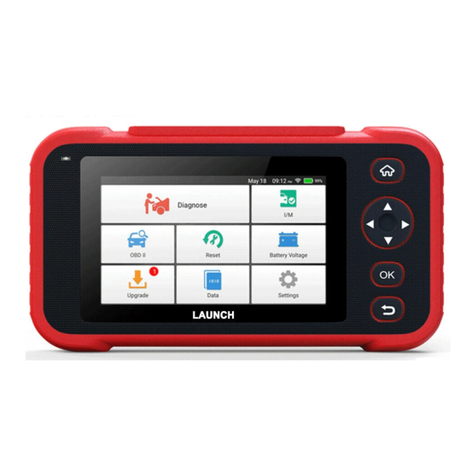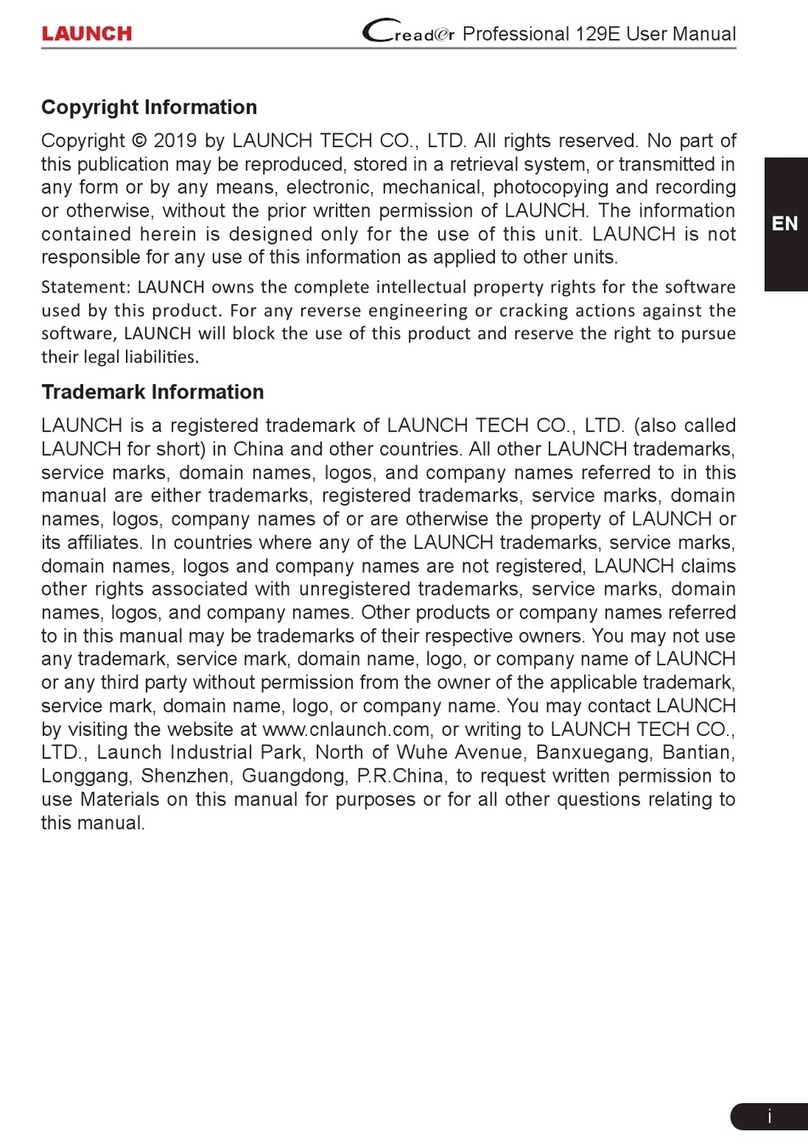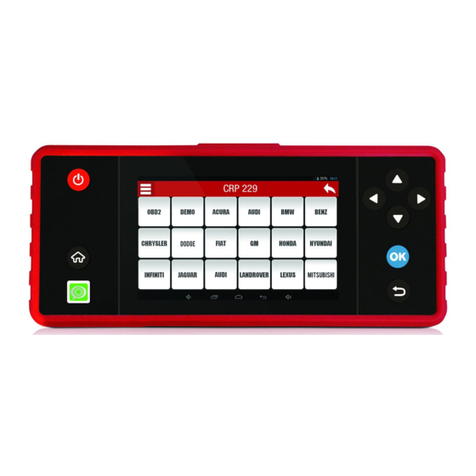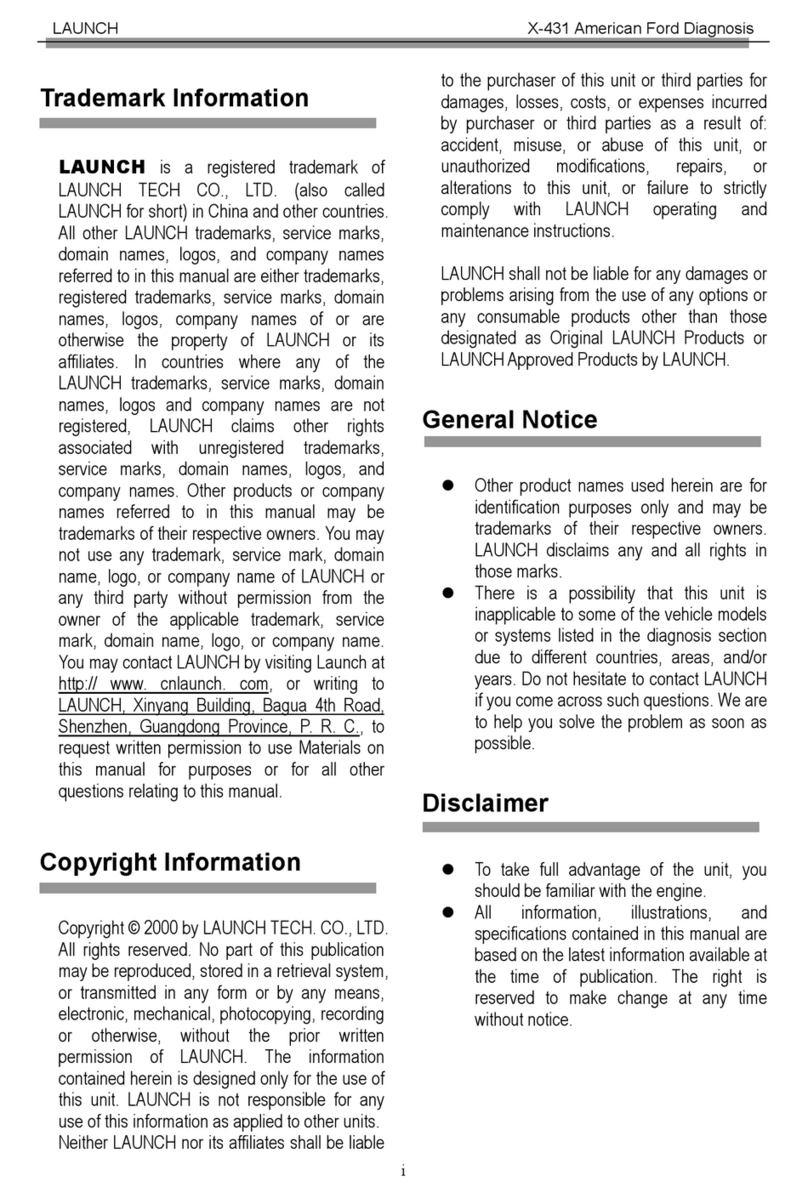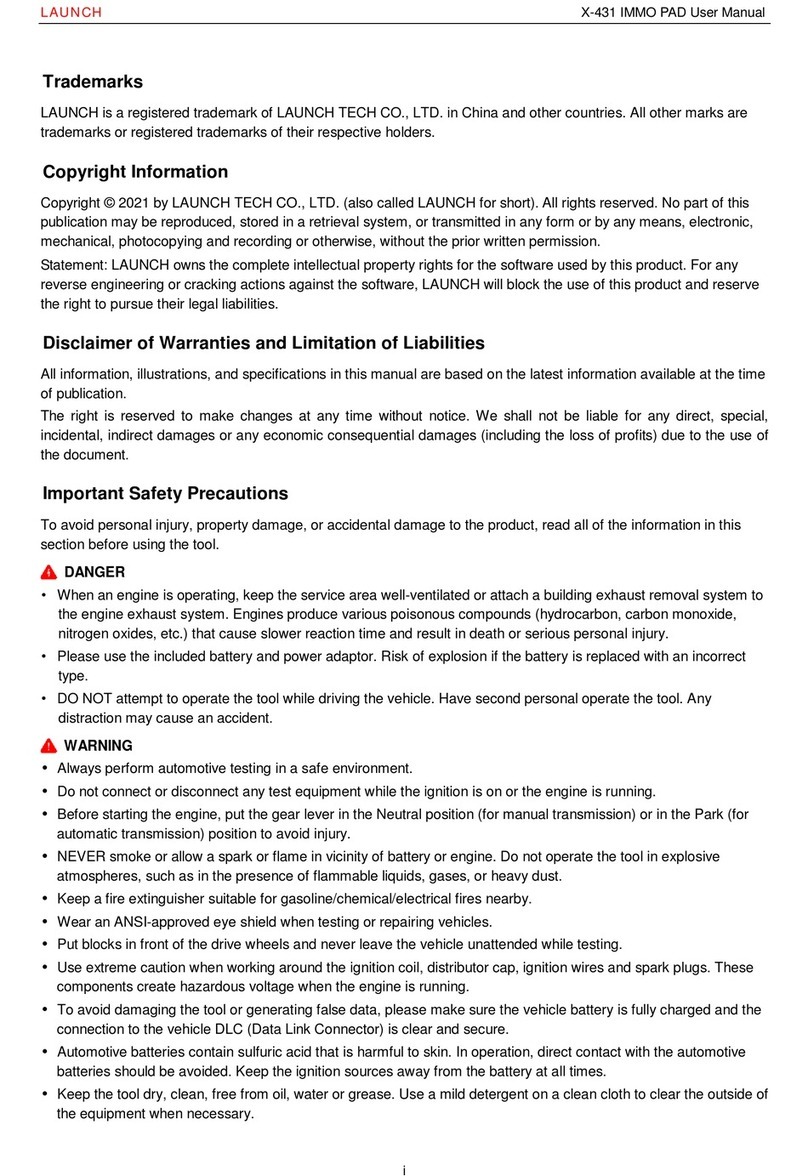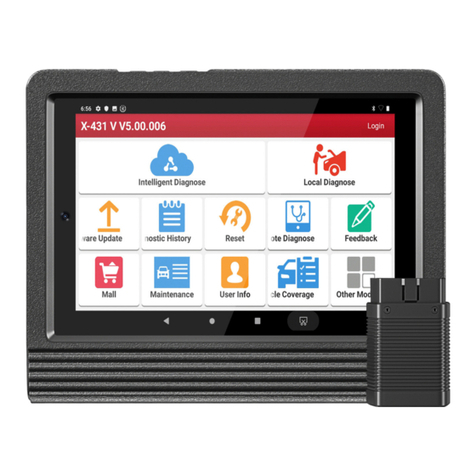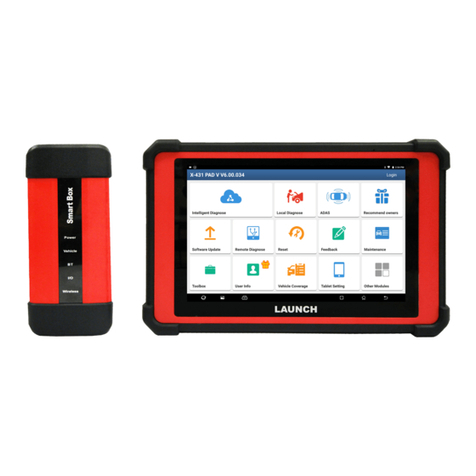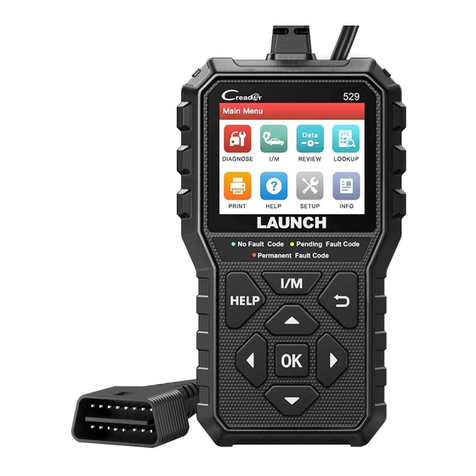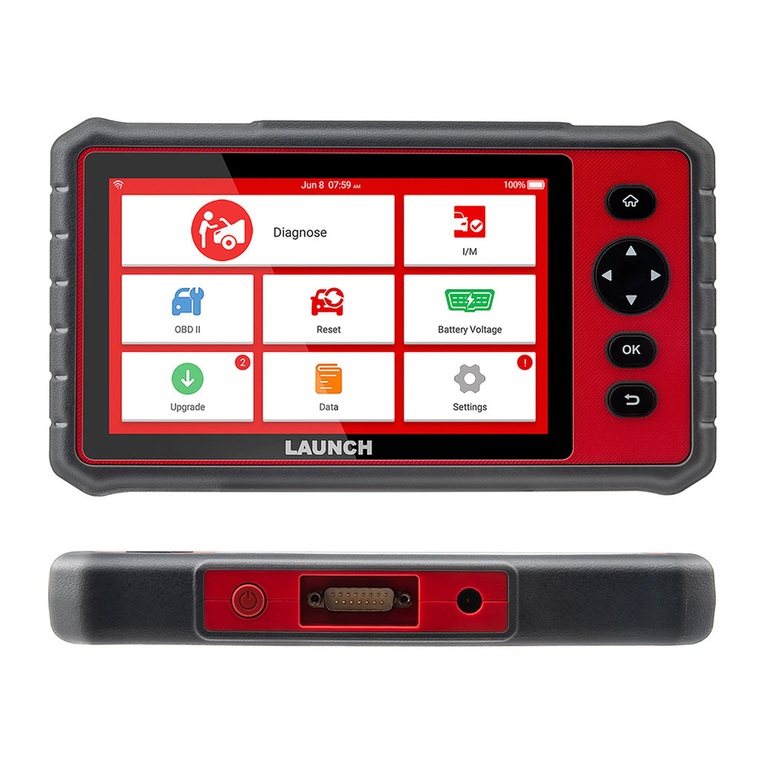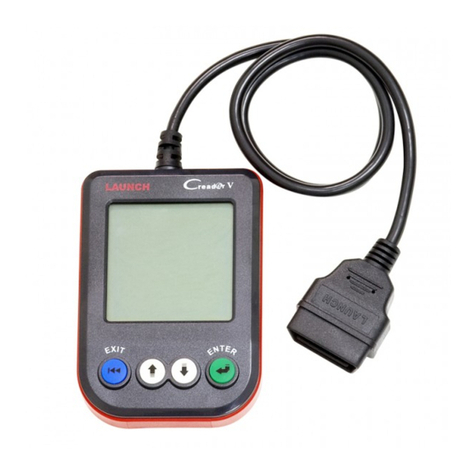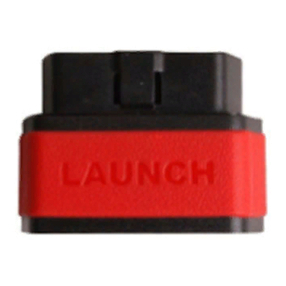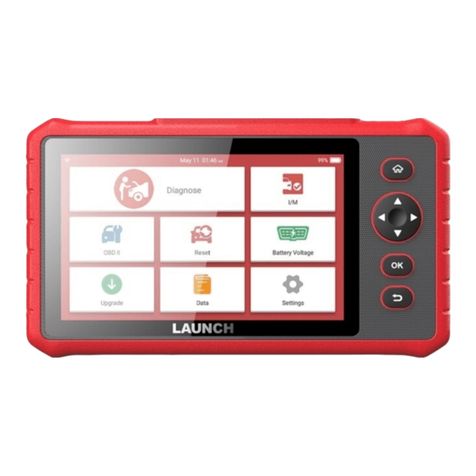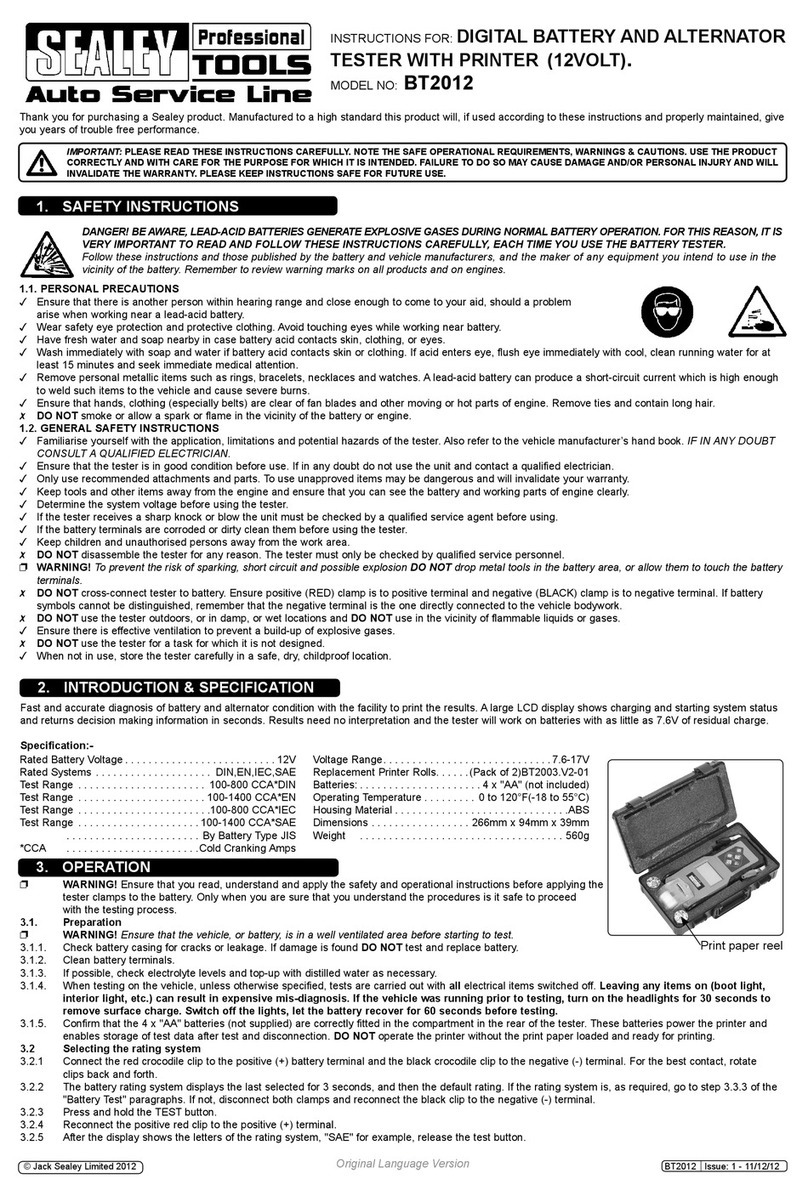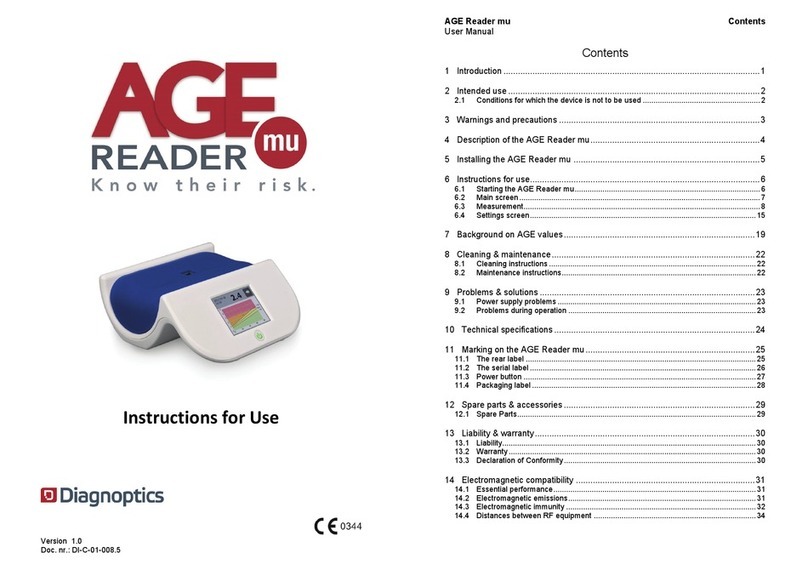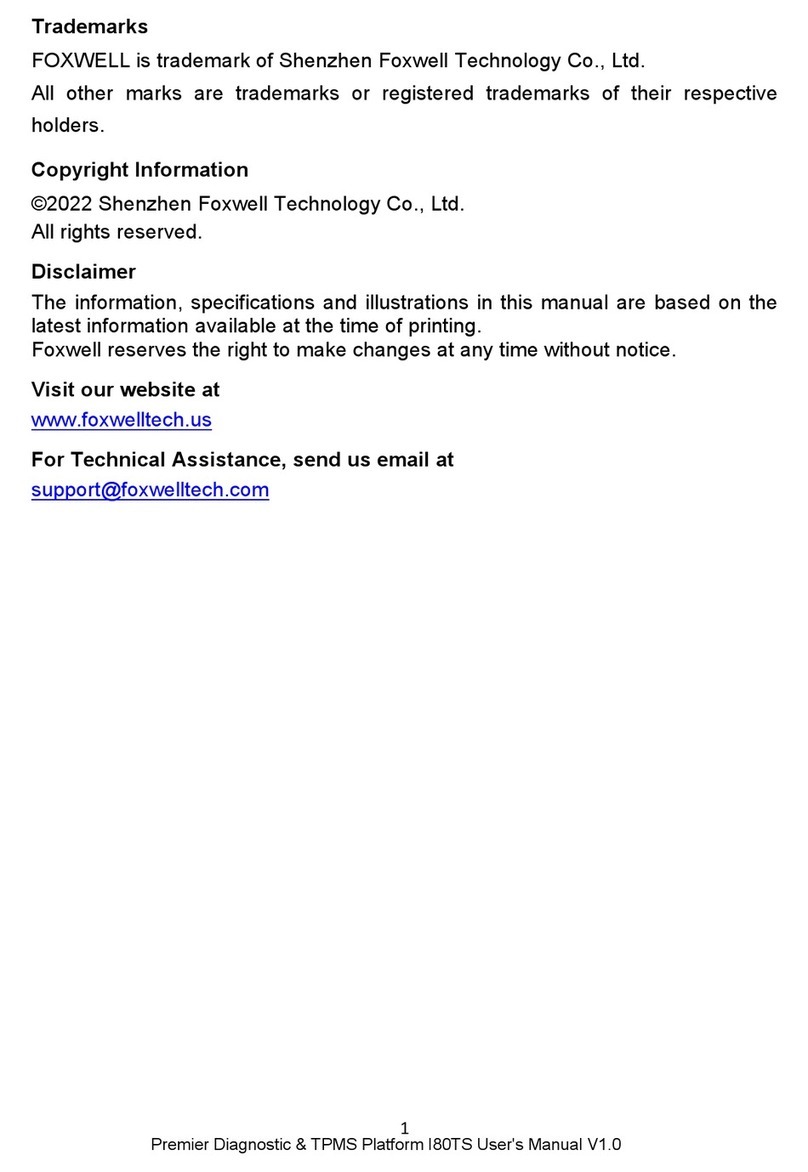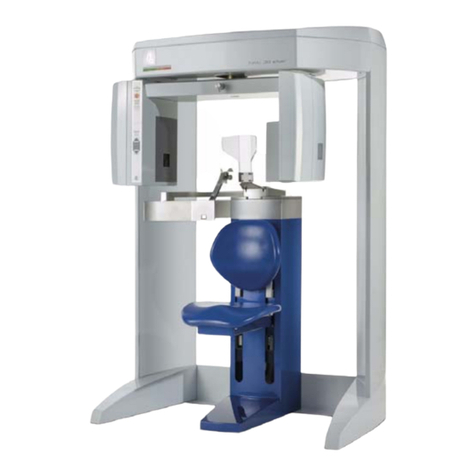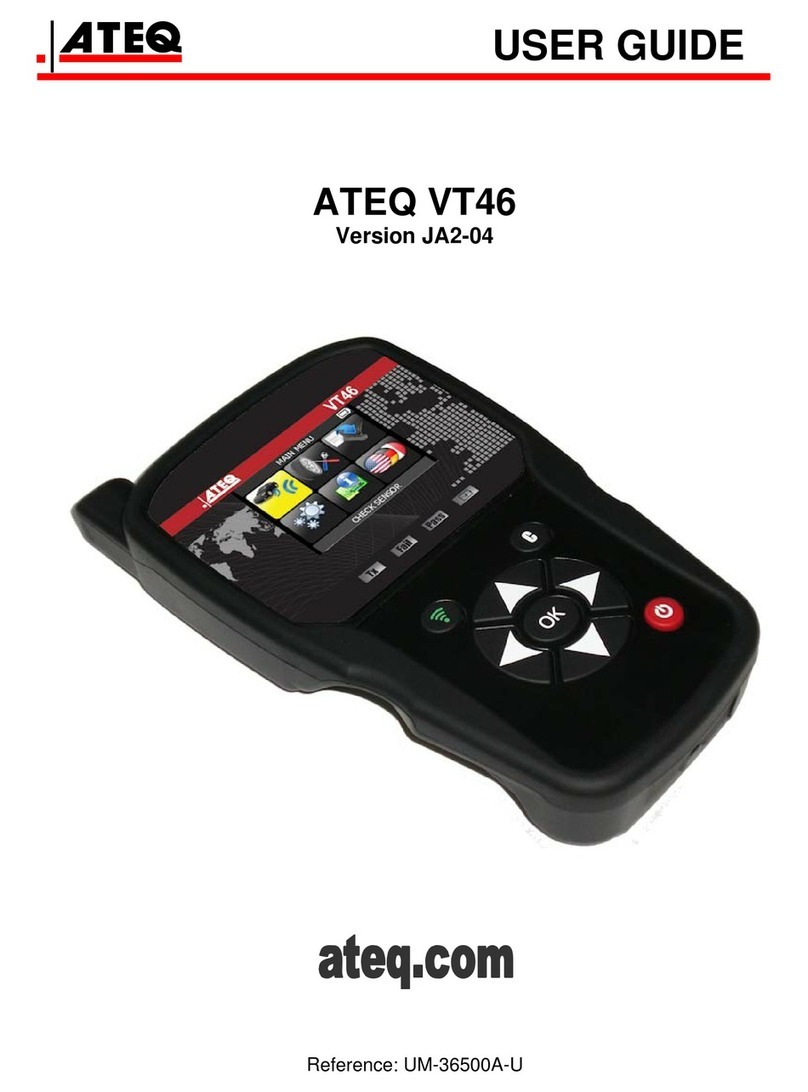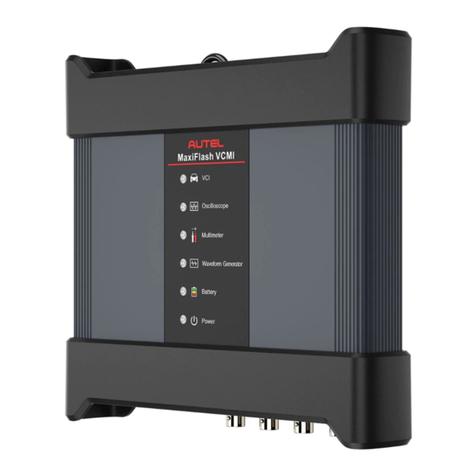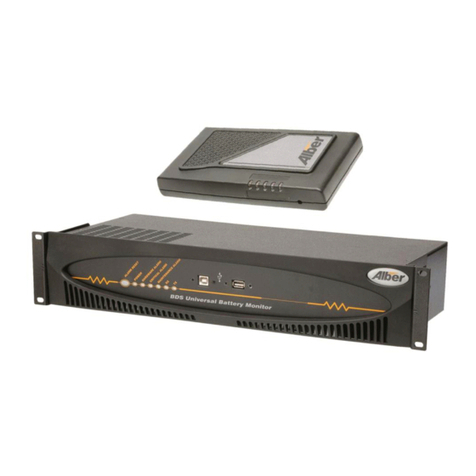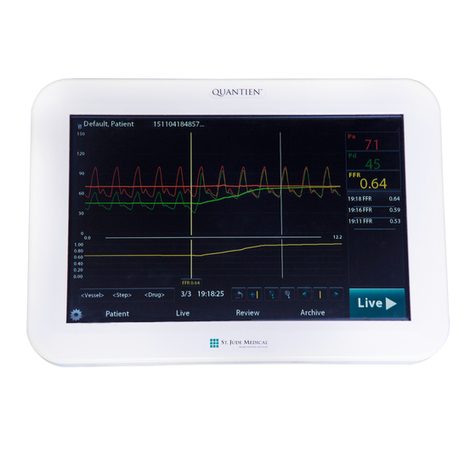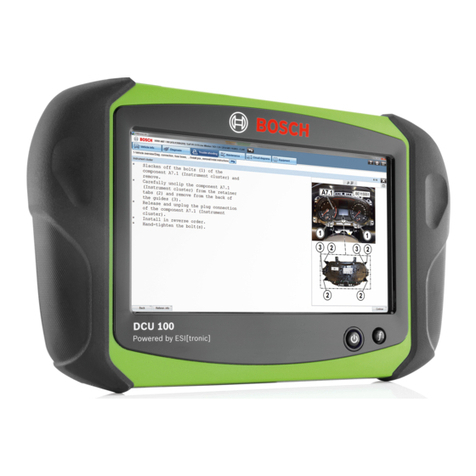
Before using this test equipment, please read the following safety information carefully.
ŸAlways perform automotive testing in a safe environment.Ÿ Do not connect or disconnect any test equipment while the ignition is on or the engine is running.Ÿ NEVER smoke or allow a spark or flame in vicinity of battery or engine. Do not operate the tool in explosive atmospheres, such as in the presence of flammable liquids, gases, or heavy dust. Ÿ Use extreme caution when working around the ignition coil, distributor cap, ignition wires and spark plugs. These components create hazardous voltage when the engine is running.Ÿ Wear an ANSI-approved eye shield when testing or repairing vehicles.Ÿ DO NOT attempt to operate the tool while driving the vehicle. Have second personal operate the tool. Any distraction may cause an accident.Ÿ Put blocks in front of the drive wheels and never leave the vehicle unattended while testing.Ÿ To avoid damaging the tool or generating false data, please make sure the vehicle battery is fully charged and the connection to the vehicle DLC (Data Link Connector) is clear and secure.Ÿ Before starting the engine, put the gear lever in the Neutral position (for manual transmission) or in the Park (for automatic transmission) position to avoid injury.Ÿ Keep a fire extinguisher suitable for gasoline/chemical/electrical fires nearby.Ÿ Automotive batteries contain sulfuric acid that is harmful to skin. In operation, direct contact with the automotive batteries should be avoided. Keep the ignition sources away from the battery at all times.Ÿ Keep clothing, hair, hands, tools, test equipment, etc. away from all moving or hot engine parts.Ÿ Do not use the tool while standing in water. Ÿ Keep the tool dry, clean, free from oil, water or grease. Use a mild detergent on a clean cloth to clear the outside of the equipment when necessary.Ÿ Do not expose the tool or power adaptor to rain or wet conditions. Water entering the tool or power adaptor increases the risk of electric shock.Ÿ Do not install programmed TPMS sensors in damaged wheels.
ŸWhile programming a sensor, do not place the device close to several sensors at the same time, or the tool will detect more sensors, which may result in programming failure.Address: Heinrich-Hertz-Str. 10, D-50170 KerpenTHANK YOU FOR CHOOSING LAUNCH!If you have any questions on the operation of the unit, please contact LAUNCH Europe GmbH customer service center:Phone: +49 (0) 2273 9875 55
ENEN
Safety Precautions
